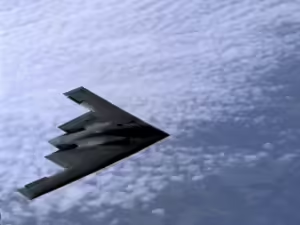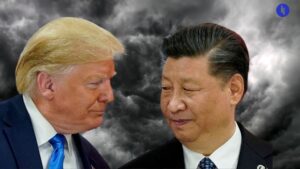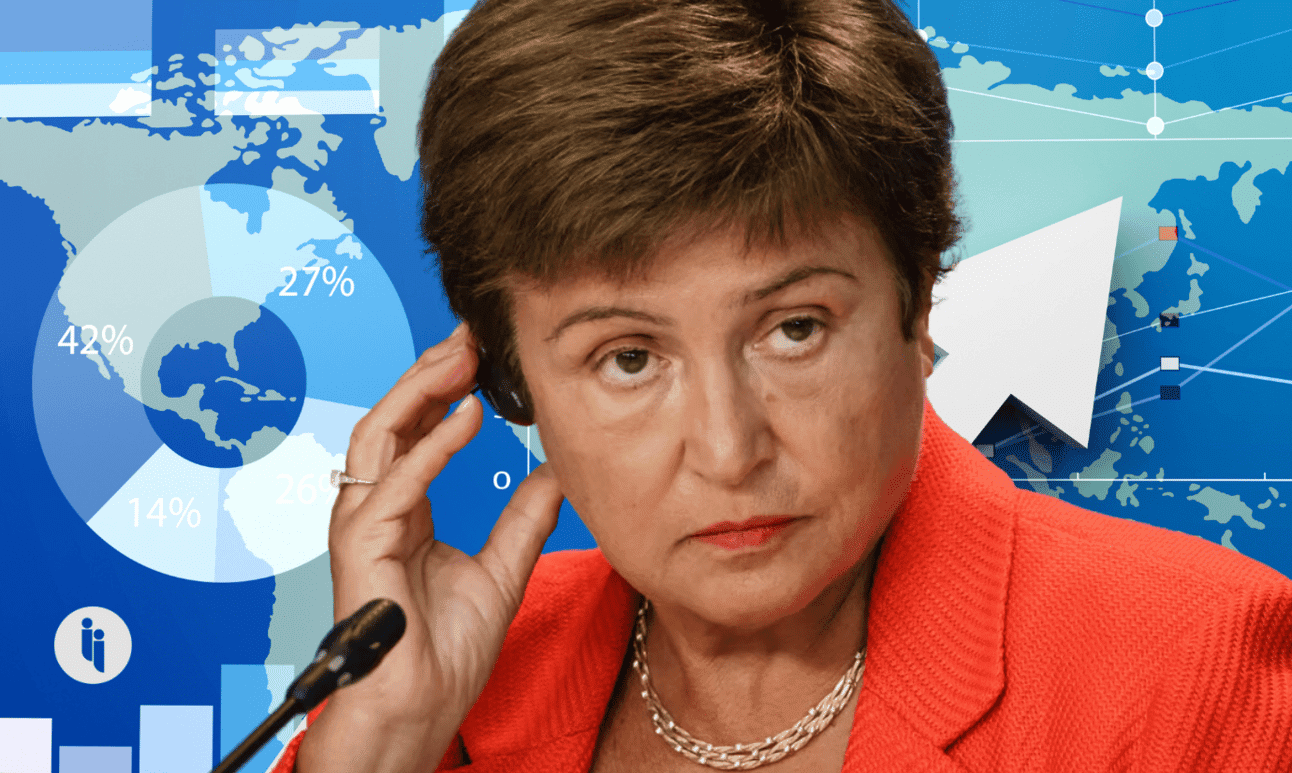The International Monetary Fund (IMF) just dropped its latest World Economic Outlook. Didn’t have time to read all 202 pages? We got you.
Okay, full disclosure: it opens with 20 pages of throat-clearing, and closes with 75 pages of charts and data, so it’s more like 107 pages. But still, we got you.
Here are the four most intriguing lines from the report.
Stay on top of your world from inside your inbox.
Subscribe for free today and receive way much more insights.
Trusted by 129,000+ subscribers
No spam. No noise. Unsubscribe any time.
- “The risk of a hard landing has faded“
Even the IMF itself seems a little surprised by this, conceding that world growth has exceeded its own projections, even as high interest rates help curb inflation.
How? It’s partly thanks to government spending, wealthier households dipping into their pandemic savings, and more migrants helping fill labour shortages.
But also, some of the fears – like spikes in energy costs caused by Russia’s invasion, or higher shipping costs caused by Houthi missiles – haven’t fully materialised. Why? One factor is that a “non-Western-aligned oil tanker fleet” is still bringing Russia’s sanctioned energy exports to world markets. But…
- “Medium-term prospects remain the lowest in decades“
The IMF here blames a mix of short-term factors like high borrowing costs, plus longer-term factors like “geo-economic fragmentation” – ie, the emergence of rival US and China-aligned ‘blocs’. The idea is that these blocs can disrupt the movement of cash, people, and ideas to where they might be most productive. And to complicate things further…
- “The likelihood of spillovers has increased“
As emerging economies have, well… emerged, this also means they’re “no longer just on the receiving end” of big global shocks like the 2008-09 financial crisis. They now also risk being the source of those shocks, with global spillovers.
China’s sheer size means it leads the pack, bringing positive shocks like its earlier breakneck growth, to hoover up the world’s exports. But it also risks negative shocks, whether it’s the ability to ramp up production and hit jobs elsewhere, or the risk of a steeper property crash rippling through the world’s energy, mining, and transport sectors. So therefore…
- We need to “consider strengthening fiscal positions“
The IMF is only too happy to offer suggestions, even though many of them are practically or politically tricky. For example, it calls for governments to cut deficits so their balance sheets are braced for the next shock. But the IMF also concedes that’s a tough call during this ‘Great Election Year‘ around the world.
The IMF also encourages countries to diversify their trade to help dilute shocks. And that makes sense in theory, but if you’re (say) a soy farmer in Brazil, all the customers in the world can’t replace China, which buys 60% of all soybeans.
Finally, the IMF also warns against the disruptive risks of “protectionist policies” (eg, tariffs) and “industrial policies” (backing specific industries). And again, the theory is sound, but the reality is alarming if you’re an auto worker in Bavaria who’s just finding out that China has a Porsche Taycan lookalike for $29k.
INTRIGUE’S TAKE
These kinds of IMF projections can generate some easy headlines (see below), but they’re also a useful and credible barometer for our world. And overall, that barometer is now telling us two things.
First, our world’s economy seems more resilient than we realise: we somehow shrugged off years of gloomy predictions to keep growing the pie.
But second, our world is starting to bump up against the limits of what we can do under current settings: growth is tapering off, debt is maxing out, and lower-income economies are struggling to close the gap.
So for us, the big picture here is that, as jarring as this may sound for those of us born into an historic blip of prosperity and security, nothing is inevitable.
Honourable mentions:
- The IMF expects that, generally, the benefits of “AI’s enhancement of labor productivity” will outweigh the costs from AI replacing workers.
- “Nearly two in every three new [workers] over the medium term will come from India and sub-Saharan Africa“.
- “In low-income countries, interest payments are estimated to average 14.3% of general government revenues in 2024, about double the level 15 years ago.“
- The IMF projects the US to grow 2.7% this year, double the rate of G7 peers. China is facing “dimmer prospects” at 4.6%, while India eases to 6.8%, and Latin America to 2%. Africa is speeding up to 3.8%.








